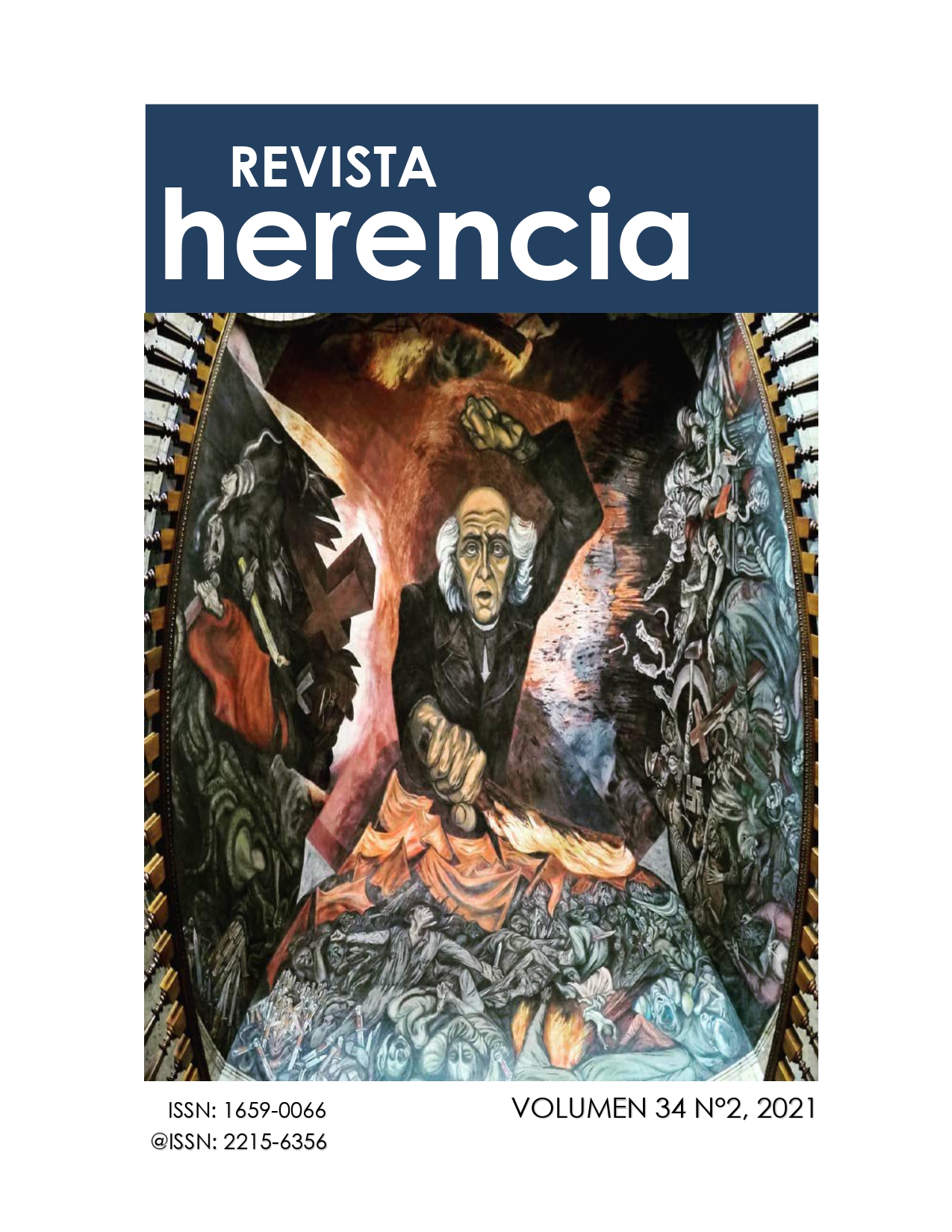Abstract
Received: 24-02-2021.
Approved: 22-03-2021.
The post-revolutionary era in Mexico is marked by the global political environment and attempts to generate a national identity. The latter was created with the need to unify and shape a paradigm of themes around Mexico; thus presenting an image of a country with ancestral cultures.
The political ideology of the 20th century defines two points of view and paradigms concerning art. The first is economic liberalism on the side of the great Western powers; the second belongs to the socialist-communist bloc, led by the Soviet Union. In Mexico, the new ideologies broadened the diverse perspectives towards the role of art: a utilitarian and political approach; against growing conceptualism, which left aside the object or the didactic purpose.
Under the characteristics of his time, the artist José Clemente Orozco paints a series of murals on the stairs of the Government Palace of Guadalajara. In the central mural of the work, an effective Miguel Hidalgo is observed: one arm up and a torch in the other. The father of the Mexican country is depicted in a particular way. This is how the artist surrounds him with different elements and concepts. Orozco presents a personal interpretation of the priest of Dolores; which, in turn, responds to the artist's ideas towards the political and social scene of post-revolutionary Mexico. How is Miguel Hidalgo presented from the perspective of José Clemente Orozco? As a hypothesis, I point out that the representation of the muralist is not of a heroic or hieratic character; on the contrary, Hidalgo is represented as part of the political paradigm of the post-revolution.

